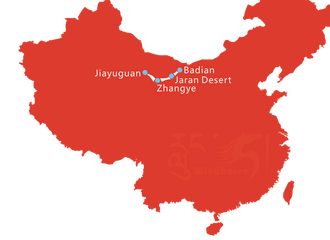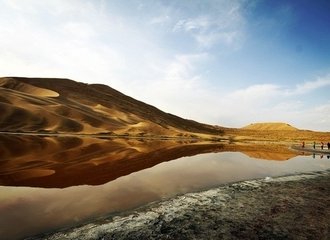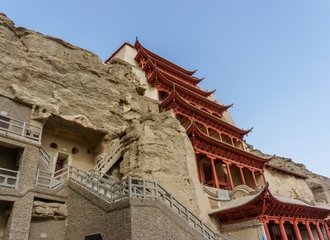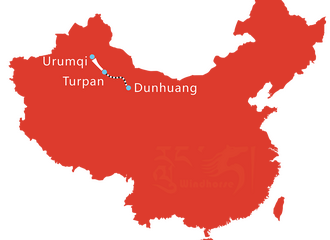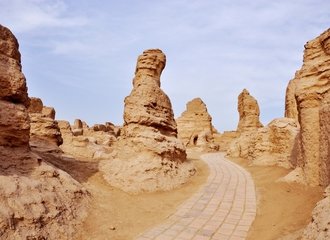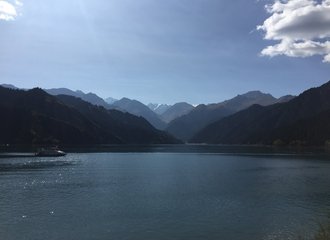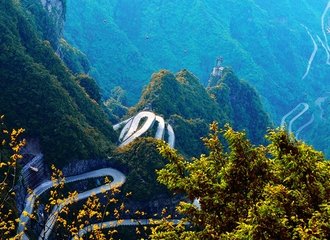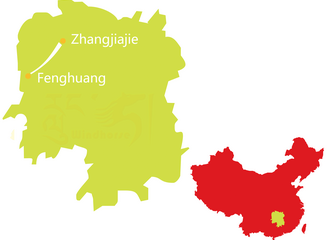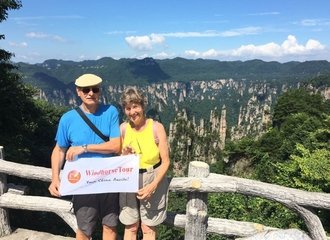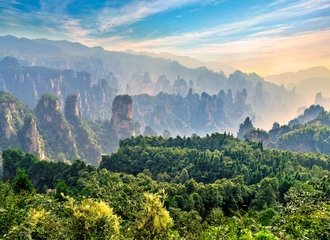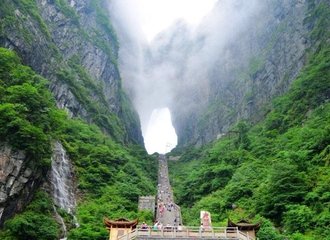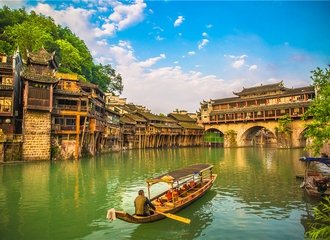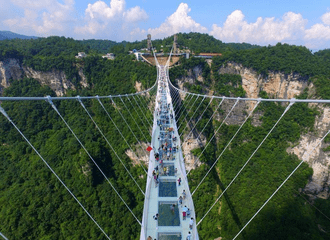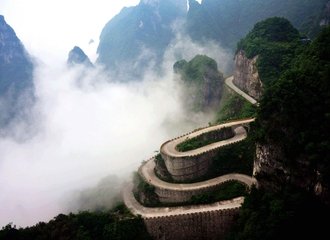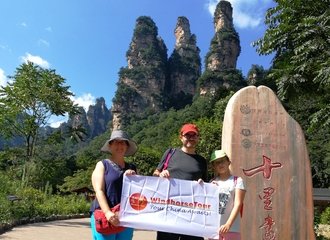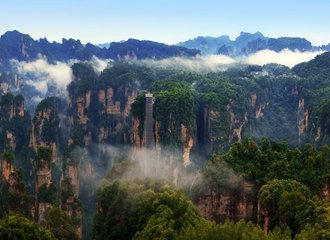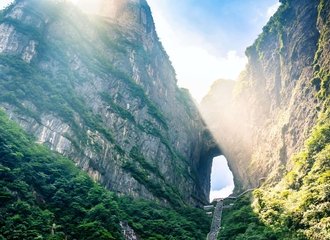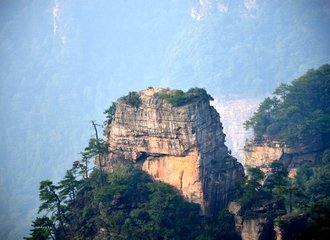Dan Ba - The Most Beautiful Tibetan Village In Western Sichuan

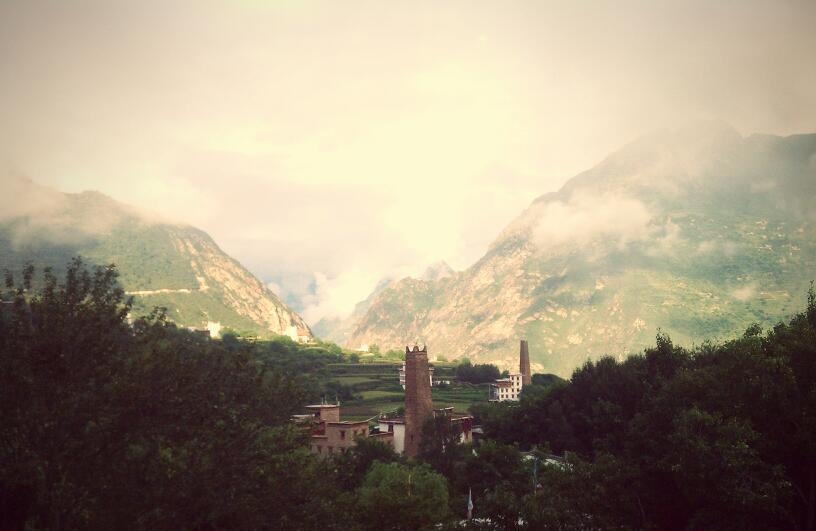
When the days get hotter and you are trying to find a cooler place to spend your summer holiday, then Dan Ba is just the perfect place to cool off! Or want a Tibet tour, but are afraid of the height? Dan Ba also is your best choice! Renowned as the “Belle Valley”, Dan Ba ranks as one of the top 10 most beautiful villages in China.
It is one of the most attractive and wonderful places to see in western Sichuan. If you travel to Sichuan, a journey to Dan Ba Tibetan Village must be on your itinerary. Many travelers and photographers yearn to come to Dan Ba for a lifetime experience.
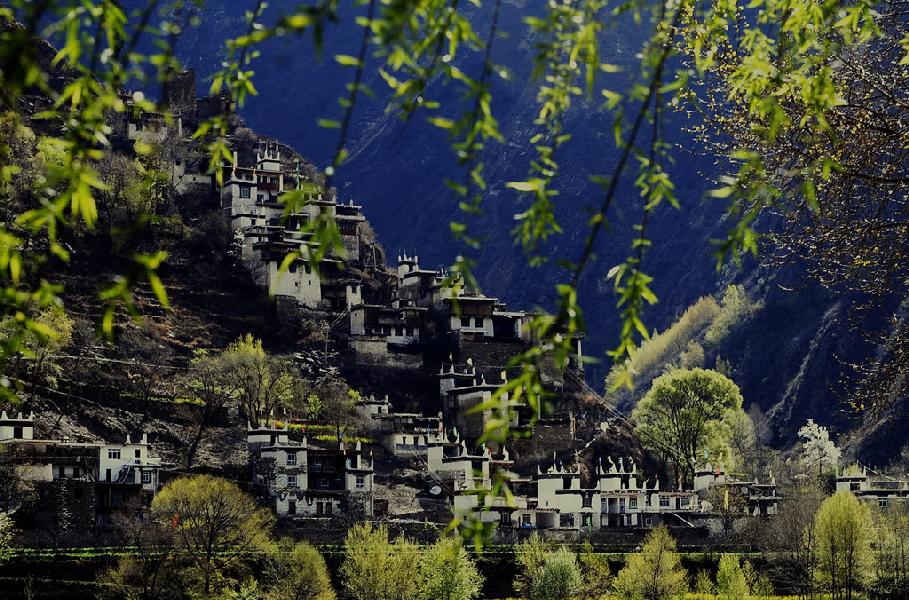
Historical Background of Danba
Danba, known for its majestic beauty and rich cultural tapestry, has a history as intricate and fascinating as its landscapes. Nestled in the embrace of the eastern Tibetan plateau, Danba's story is one of ancient civilizations, strategic significance, and cultural confluence.
Ancient Roots
The area now known as Danba has been inhabited for thousands of years. Its strategic location at the crossroads of ancient trade routes made it a melting pot of cultures and traditions. The region was known to be a part of the ancient Qiang people's territory, a collection of tribal ethnicities that have influenced the cultural heritage of the Tibetan and Qiang people today.
Architectural Significance
The region is famed for its unique and ancient watchtowers, known as the Suopo Towers. These stone towers, some dating back as far as the 2nd century BC, were originally built for both defense and as symbols of power and prestige. Their construction techniques and styles are a testament to the ingenuity and cultural sophistication of the people who built them.
Tibetan Influence
With the rise of the Tibetan Empire, Danba became an important region within the sphere of Tibetan cultural and political influence. The spread of Buddhism and the establishment of monasteries in the region further enriched Danba's cultural landscape. Many of the practices, festivals, and architectural styles seen in Danba today are a reflection of this long-standing Tibetan influence.

Information about Dan Ba
Dan Ba located in the western part of Sichuan, east of Ganzi Tibetan Autonomous Prefecture and towards the edge of the southeastern part of Qinghai – Tibetan plateau, is the inhabited region of Jia Rong Tibetan. Dan Ba County covers an area of 5,649 sq. km. (2,181 sq. mi.) with Dan Ba county and 14 small towns.
The population living in Dan Ba County is about 570,000 people, with mainly Tibetan and other 14 ethnic groups. There are continuous mountains, scattered rivers casting on the mountain, and boundless lush forests. Locals sum the features of Dan Ba as “White snow at the top of the mountain, lush trees on the hillside and the Haizi (lakes) at the foot of the mountain”.
Dan Ba Tibetan Village is the most characteristic one among many Tibetan Villages. Hundreds of residential houses leaning on the mountain, scattering on the hillside, shows an image of “Heaven and Humans Being in One”.
Seeing from far, filled with the soul aura in the valley, in the emerald green grass or trees, are those farmlands and Tibetan-style houses. With the flowing rivers and the houses hiding on the mountain, Dan Ba Tibetan Village is a wonderland that most people don’t know.
Spectacular natural scenery, the secret Belle Valley, quiet village houses and the ancient cultures make Dan Ba Tibetan Village one of the most beautiful and fantastic villages in China.
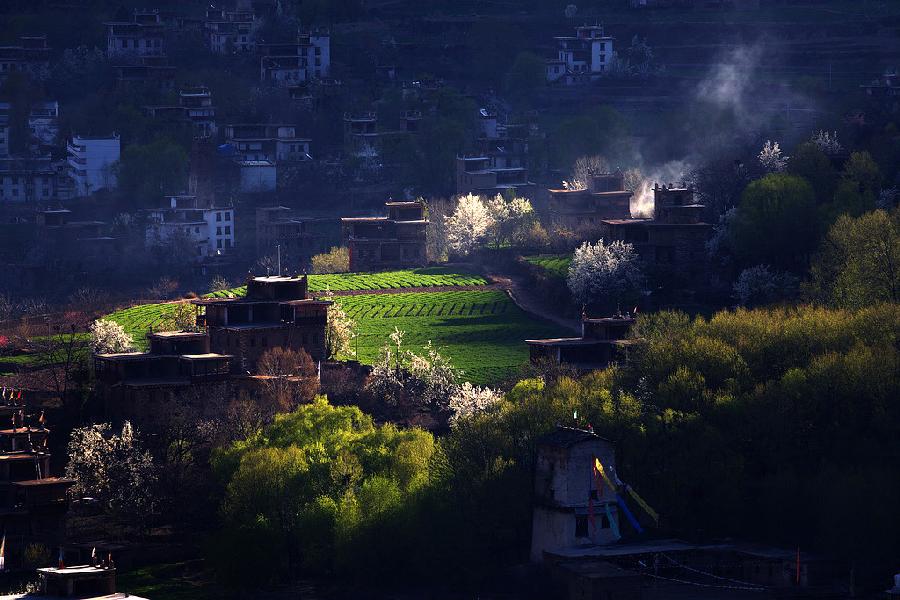
The Symbolic Tibetan Villages of Danba
Above you can see a picture - of the spring of Zhonglu Tibetan Village of Dan Ba. From mid-March to April, Dan Ba is in spring except Dangling Region. The symbolic Tibetan Villages of Dan Ba contain Zhonglu, Pujiaoding, Dazhai, Jiaju, and Badi.
The most symbolic ones are Jiaju Tibetan Village and Zhonglu Tibetan Village. You can see farmlands in well-tilled and smoke from chimneys in circles. It should be at dawn before a busy day starts. In the background, you can see many Tibetan houses in the shadow which haven’t been shined.
The beautiful Tibetan Village hasn’t woken up from her sweet dream, so be quiet and don’t disturb her dream! Let’s step to the farmland quietly…
Danba is celebrated for its collection of picturesque Tibetan villages, each offering its own unique charm and cultural heritage. Here is a close overview of the most symbolic Tibetan Villages in Danba:
Zhonglu Village
- Known for its well-preserved stone towers, Zhonglu is a testament to the architectural ingenuity of the ancient Tibetans. The village is nestled within a lush landscape, offering panoramic views of the surrounding mountains and valleys.
- The community here continues to live in a traditional manner, with many houses still adorned with intricate carvings and typical Tibetan decorations. Visitors often find Zhonglu a serene place to understand the ancient lifestyle that still perseveres.
Pujiaoding Village
- Pujiaoding is smaller and less visited, making it an ideal spot for those looking for a more intimate experience with local culture. The village is known for its tranquil setting and friendly inhabitants.
- It’s also a starting point for several treks into the surrounding mountains, where visitors can explore the natural beauty of the region and possibly encounter some of the local wildlife.
Dazhai Village
- Dazhai is notable for its agricultural terraces and traditional way of life. Here, you can see locals engaged in farming activities, using methods that have been passed down for generations.
- The village offers an authentic glimpse into the rural life of the Tibetan people, with opportunities to learn about local crafts and culinary traditions.
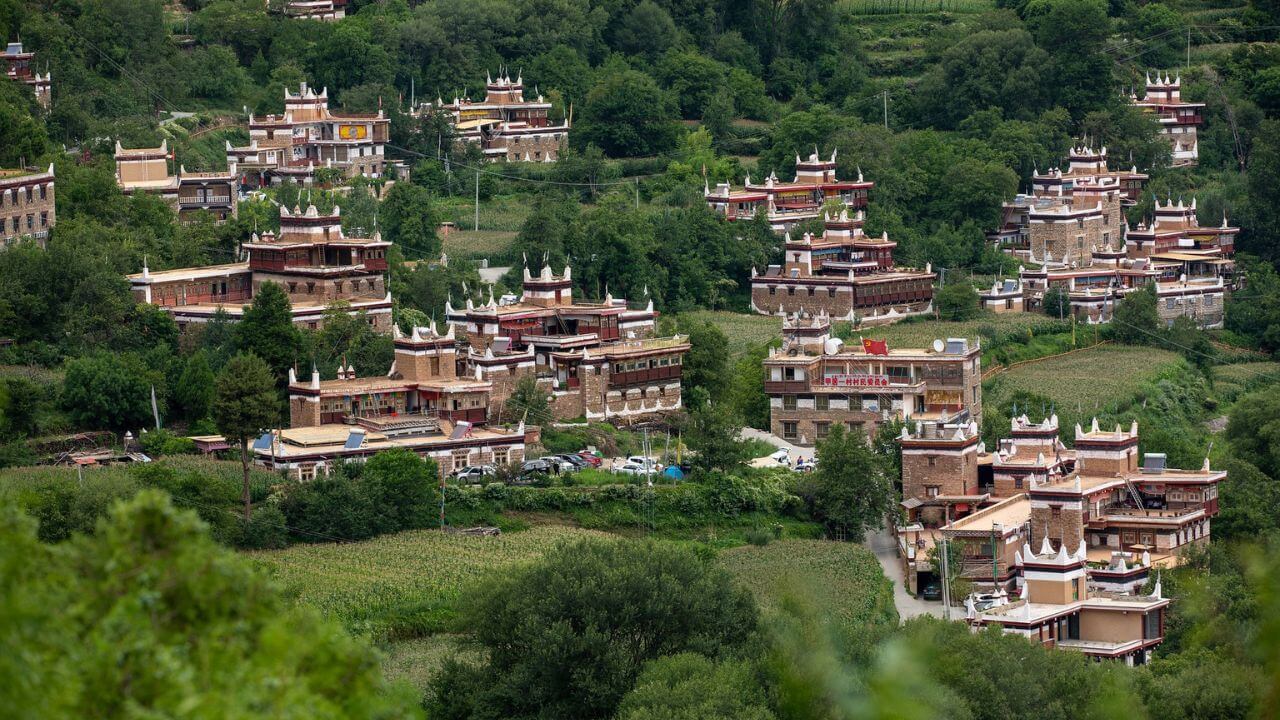
Jiaju Village
- Often referred to as the most beautiful village in China, Jiaju is a must-visit. The village is characterized by its unique and colorful houses sprawled across the hillside, each offering a stunning view of the valley below.
- Jiaju is the perfect place to immerse yourself in Tibetan culture. The locals are known for their hospitality, and many offer homestays where you can stay with a family, enjoy home-cooked meals, and learn about their daily life.
Badi Village
- Badi is known for its scenic beauty and ancient watchtowers. Like the other villages, it's constructed in harmony with the natural landscape, featuring traditional stone houses and narrow winding paths.
- The village is quieter and less commercialized, offering a peaceful retreat and an opportunity to connect with nature and local traditions.
Visiting the Villages
- While all these villages share a common cultural thread, each has its own unique story, architecture, and traditions. Visiting them provides a broader understanding of the region's cultural diversity and historical richness.
- When planning your visit, consider spending a few days in the area to truly appreciate what each village has to offer. Engage with locals, try the traditional food, and take time to soak in the stunning landscapes and the slower pace of life.
- Respect for local customs and traditions is paramount. Always ask for permission before taking photos of people or entering private property, and be mindful of the environmental impact of your visit.
Exploring these symbolic Tibetan villages offers a window into a world where ancient traditions are preserved amidst breathtaking natural beauty, providing an unforgettable experience for those who venture into the heart of Danba.
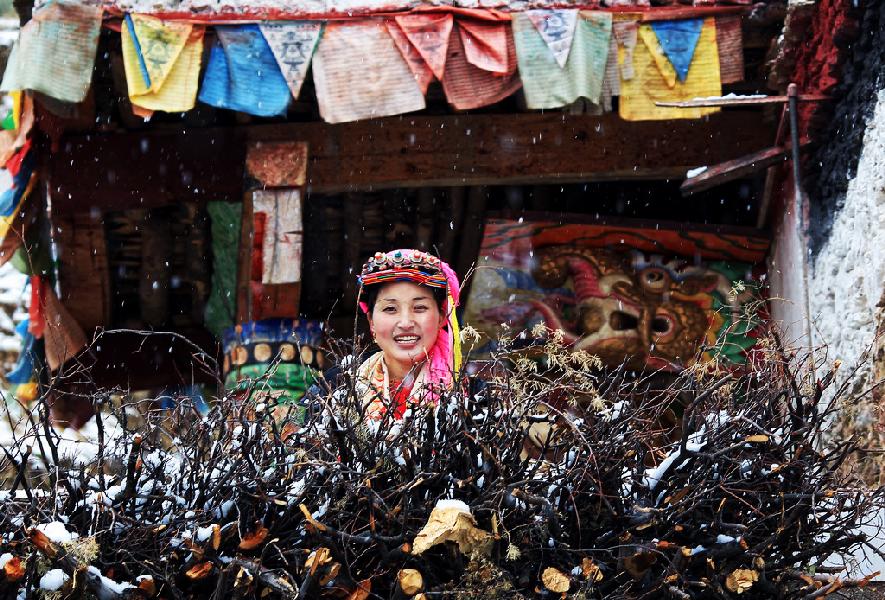
Cultural Insights of Danba
Danba, often referred to as the "Beauty Valley," is not only a place of stunning natural landscapes but also a vibrant mosaic of cultural traditions, especially those of the Jia Rong Tibetan community. The people of Danba have cultivated a unique cultural identity, with customs and traditions that have been preserved and passed down through generations.
Traditional Clothing
One of the most visually striking aspects of Danba's culture is the traditional clothing. Women often wear long, vibrantly colored dresses and aprons, adorned with intricate patterns and silver jewelry. Men wear more subdued but equally detailed attire, often including long robes and sashes. These garments are not only beautiful but also hold cultural significance, with different colors and patterns representing various aspects of their identity and history.
Festivals and Celebrations
Danba is alive with festivals and cultural events throughout the year, each offering a glimpse into the rich traditions of the community. One of the most significant celebrations is the Tibetan New Year, known as Losar, which is marked by elaborate rituals, traditional music and dance, and the exchange of gifts. Another important festival is the annual Horse Racing Festival, where locals showcase their horsemanship, compete in races, and celebrate with song and dance.
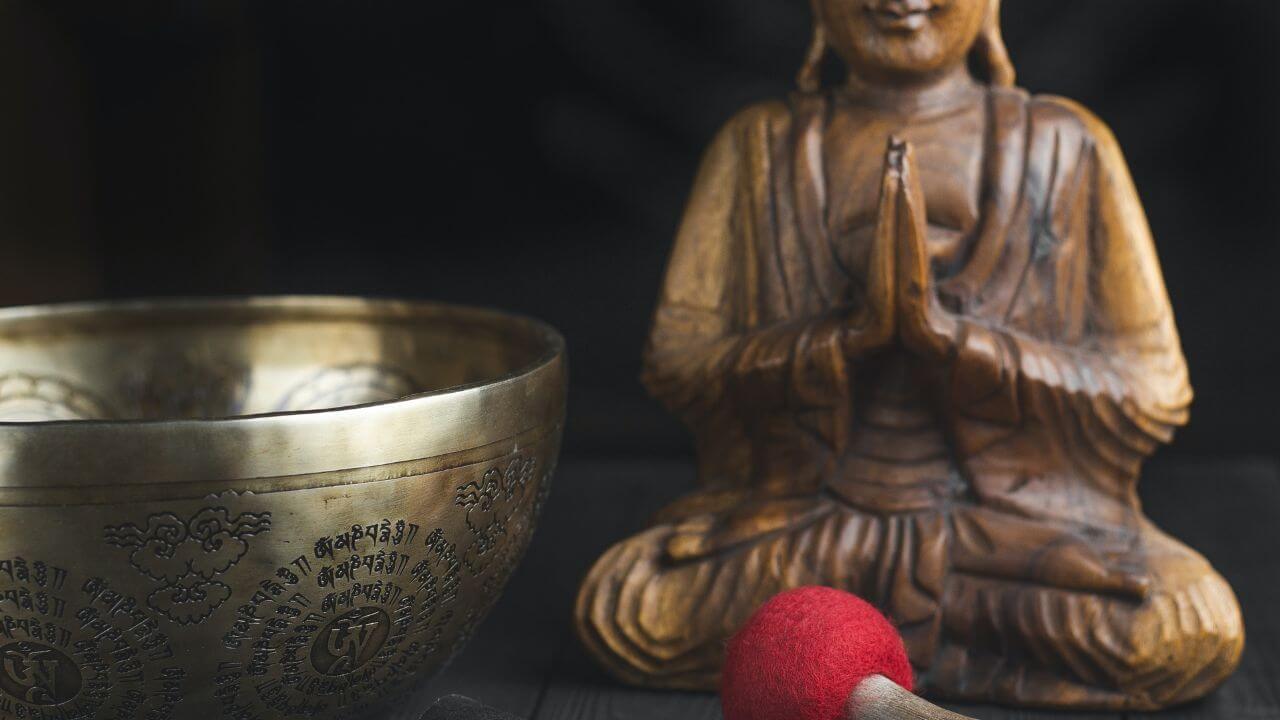
Buddhism and Local Beliefs
Tibetan Buddhism plays a central role in the daily life and rituals of the Danba community. Monasteries and prayer flags are common sights, and many festivals have religious significance. Alongside Buddhism, local beliefs and shamanistic practices also influence the cultural fabric of Danba, with various rituals performed to honor the spirits of nature and ensure the well-being of the community.
Music and Dance
Music and dance are integral to Danba's cultural celebrations, with traditional instruments like the dramyin (a lute-like instrument) and gyaling (a type of oboe) accompanying dancers clad in their colorful attire. The dances often tell stories of historical events, legends, or the daily life and aspirations of the people.
Culinary Traditions
The cuisine of Danba is hearty and reflects the agricultural lifestyle of its people. Staple foods include tsampa (barley flour), butter tea, and various dishes made from yak meat and dairy products. Meals are often communal, reflecting the importance of family and community in Danba's culture.
Oral Traditions and Folklore
Danba's rich oral tradition includes a wealth of stories, proverbs, and songs passed down through generations. These tales often contain lessons, cultural values, and insights into the history of the people. Storytelling sessions are not just entertainment but a way to preserve and celebrate the community's heritage.
Art and Craftsmanship
The people of Danba are skilled artisans, known for their intricate weaving, embroidery, and silverwork. These crafts are not only a means of livelihood but also a form of cultural expression, with each piece telling a story or representing a facet of the local culture.
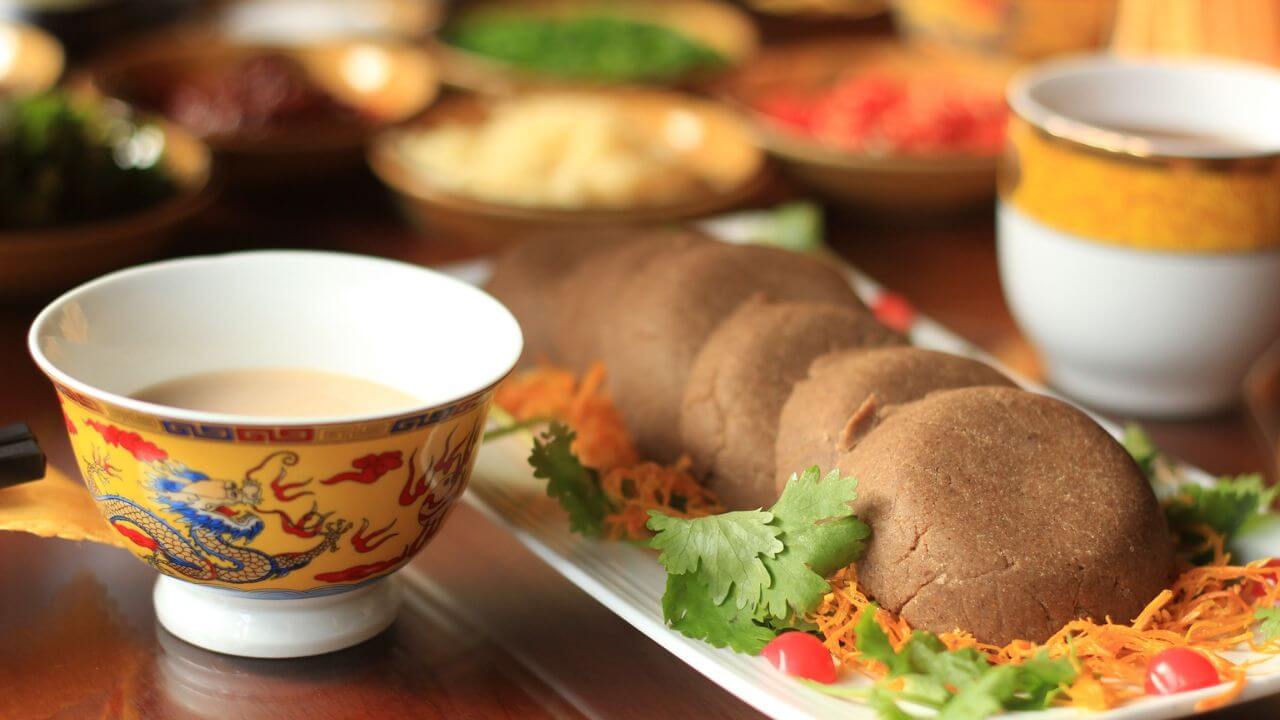
Tourism and Hospitality in Danba
Danba, with its stunning landscapes and rich cultural heritage, is an increasingly popular destination for travelers. Those planning a visit will find a range of accommodation options, culinary delights, and important customs to be aware of to ensure a respectful and enjoyable stay.
Accommodation
Danba offers a variety of lodging options to suit different preferences and budgets.
- Guesthouses: Many guesthouses are available, providing comfortable and affordable accommodations. These often offer basic amenities and a chance to experience local hospitality.
- Homestays: For a more immersive experience, consider a homestay with a local family. This option allows you to live like a local, often including home-cooked meals and the opportunity to participate in daily activities.
- Hotels: In the town center, there are hotels ranging from budget to more upscale options. These provide more standard accommodations and are a good choice for those looking for familiar comforts.
Dining and Local Eateries
- Danba's cuisine offers a taste of the local culture. Traditional Tibetan dishes, often featuring barley, yak meat, and fresh vegetables, are widely available. Don't miss trying Tsampa (roasted barley flour), a staple Tibetan food, or the savory butter tea.
- Local eateries and small restaurants offer a range of options, from Tibetan to Sichuanese cuisines. For an authentic experience, visit a local teahouse or a small diner in the village.
- If you're staying in a homestay, you'll likely have the opportunity to enjoy home-cooked meals, offering a more personal taste of the local cuisine.
Tourists who plan to travel to Dan Ba should all depart from Chengdu (Chengdu Ximen Bus Station & Chadianzi Bus Station - Chengdu) and change to mini buses after arriving in Dan Ba downtown. The best time to visit is from spring to autumn - in spring you can enjoy a feast of flowers and in autumn, you have a world of red leaves to share!


